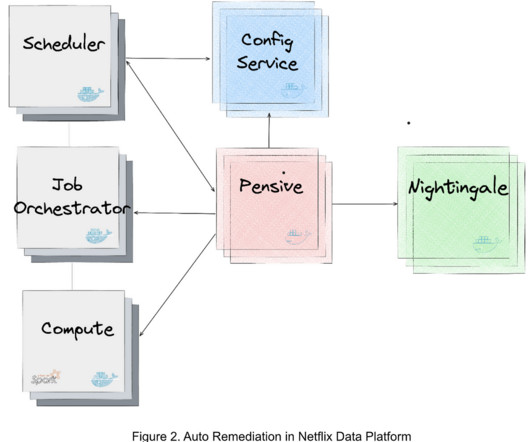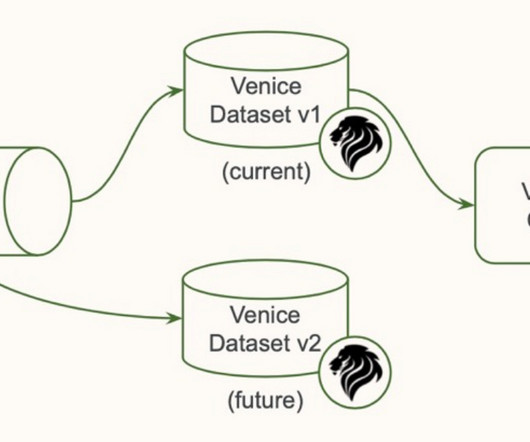Presentation: Azure Cosmos DB: Low Latency and High Availability at Planet Scale
InfoQ
JULY 14, 2023
Mei-Chin Tsai, Vinod discuss the internal architecture of Azure Cosmos DB and how it achieves high availability, low latency, and scalability. By Mei-Chin Tsai, Vinod Sridharan











Let's personalize your content